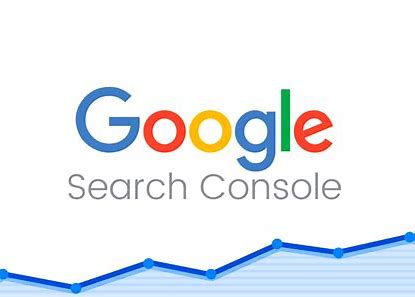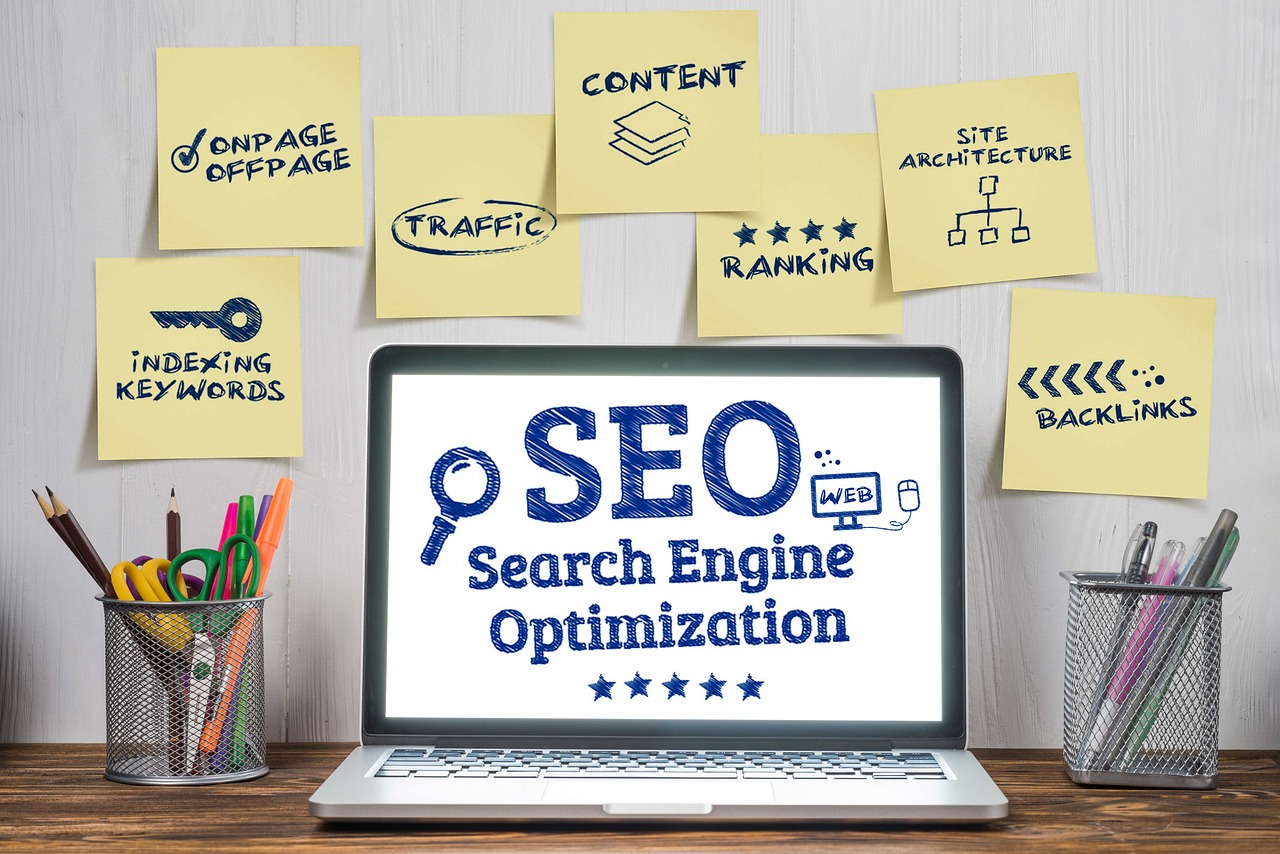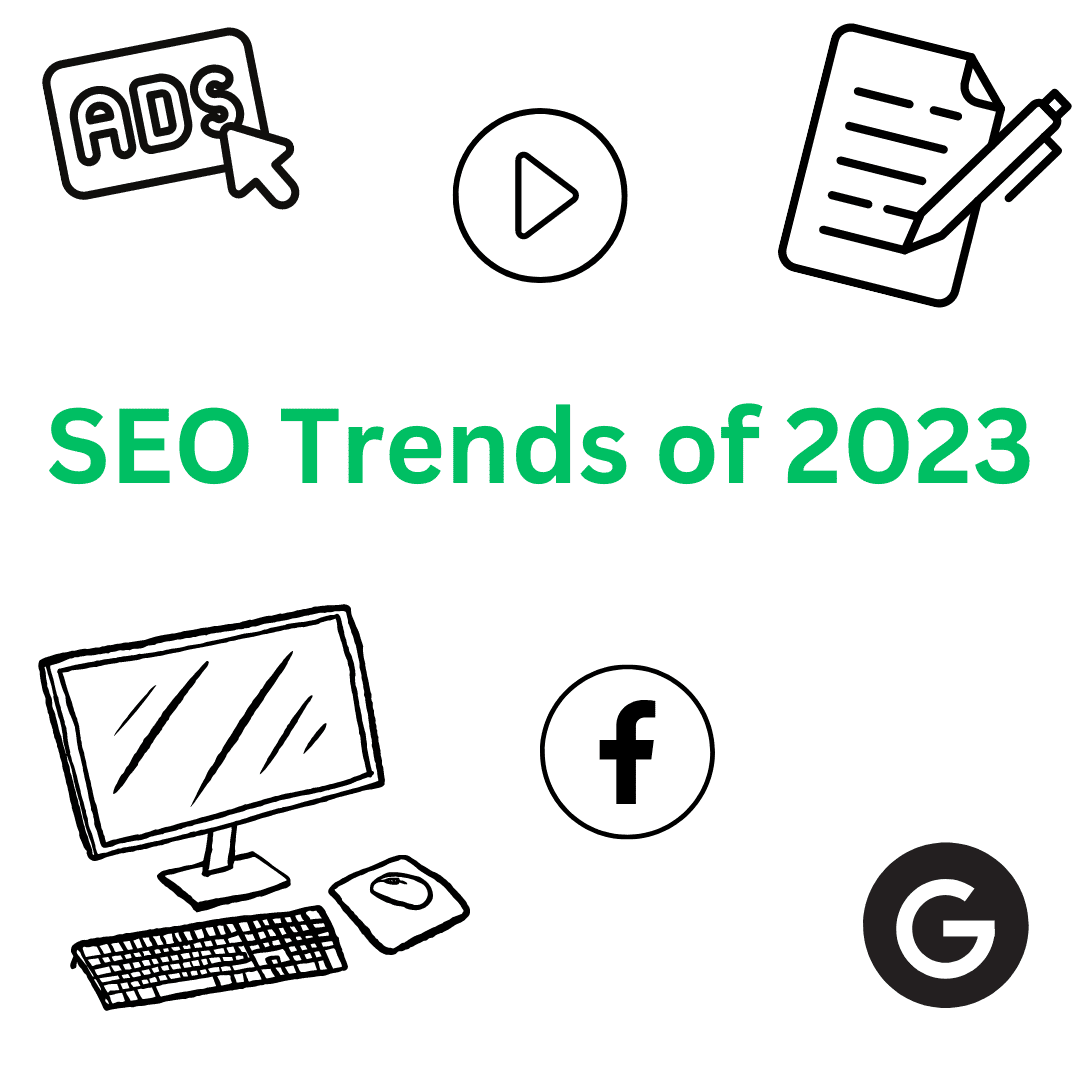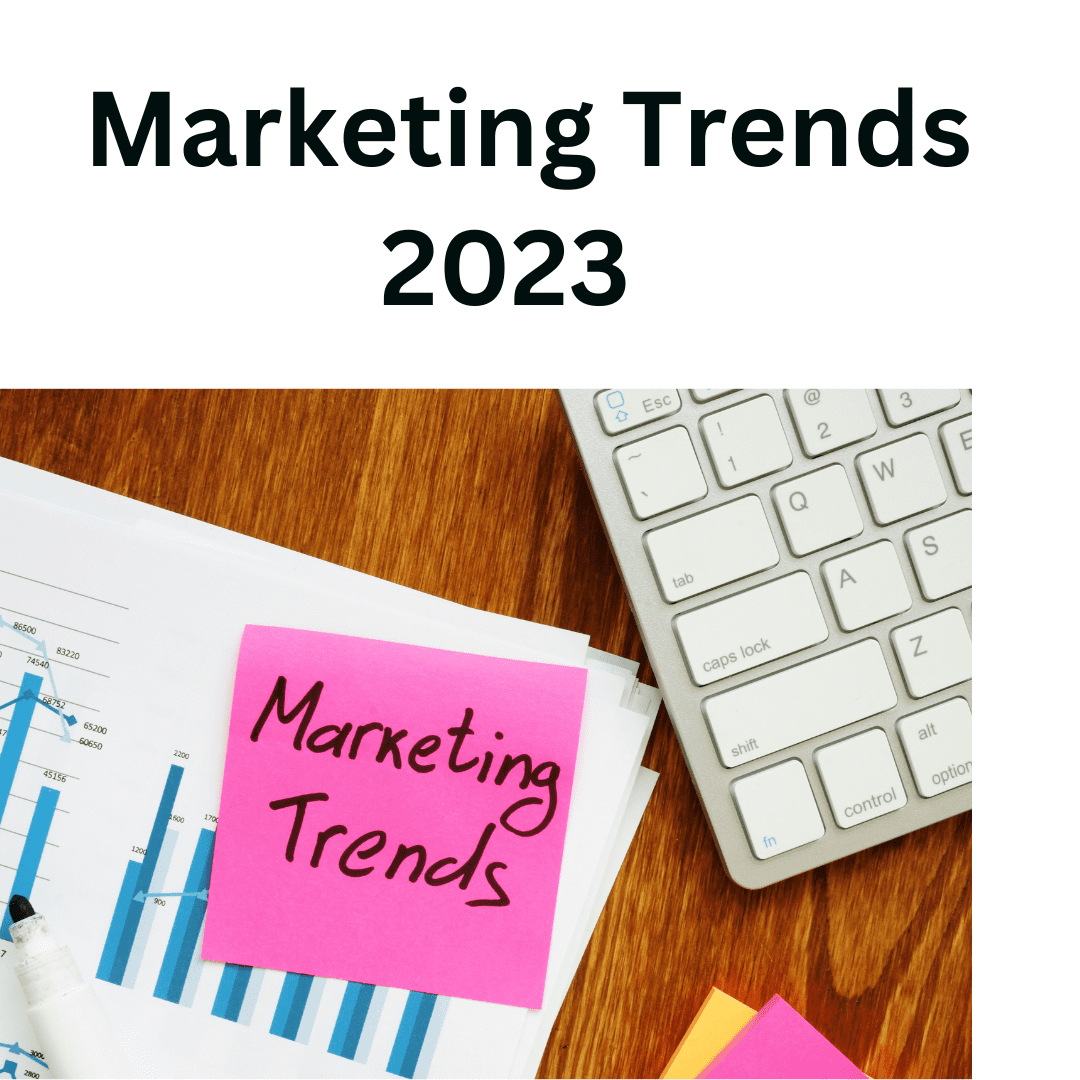
Leveraging Google Search Console To Boost Your SEO Strategy
In the vast and ever-evolving landscape of digital marketing, understanding and optimizing your website for search engines is not just an advantage; it’s a necessity. This is where Google Search Console (GSC) comes into play—an indispensable tool for website owners, marketers, and SEO specialists alike. GSC offers a treasure trove of insights into how your site performs in Google Search, highlighting opportunities for enhancing visibility and engagement.
At its core, Google Search Console is a free service provided by Google that helps you monitor, maintain, and troubleshoot your site’s presence in Google Search results. It provides detailed reports on your site’s search traffic, performance, and technical status, including insights into search queries, page rankings, mobile usability, and much more. Whether you’re looking to understand your website’s SEO health, identify and fix crawl issues, or improve your content’s performance, GSC is your go-to tool.
The importance of GSC for website owners, marketers, and SEO specialists cannot be overstated. It not only helps you understand how Google views your site but also offers actionable data that can be used to optimize your website for better search engine rankings and user experience. From identifying the keywords driving traffic to your site to understanding how your pages perform on mobile devices, GSC equips you with the knowledge to make informed decisions about your SEO strategy.
The aim of this article is to demystify Google Search Console for those who may be new to it or have yet to fully leverage its potential. We’ll guide you through the essential features of GSC, showing you how to use it effectively to enhance your site’s SEO. By the end of this article, you’ll have a clearer understanding of how to harness the power of GSC to improve your website’s search engine rankings, drive more traffic, and ultimately achieve your digital marketing goals. Let’s dive in.
Getting Started with Google Search Console
Embarking on your SEO journey begins with setting up a Google Search Console (GSC) account, a straightforward process requiring a Google account. Once signed in, you’ll add and verify your website, confirming your ownership through various methods such as HTML file upload, domain name provider verification, or using Google Analytics or Tag Manager. Upon verification, you’re greeted by the GSC dashboard—a command center offering a panoramic view of your site’s search performance, including reports on search traffic, index status, mobile usability, and much more. Familiarizing yourself with this dashboard is the first step toward leveraging GSC’s full suite of tools to enhance your site’s SEO.
Understanding Your Website's Performance Data
The ‘Performance’ report in Google Search Console is akin to a compass guiding your SEO strategy. It provides invaluable metrics such as clicks (how often users click through to your site), impressions (how often your site appears in search results), click-through rate (CTR), and your site’s average position in search results. Interpreting these metrics is crucial; for instance, a high number of impressions but low clicks might indicate a need for more compelling titles or meta descriptions. Similarly, understanding your site’s position for various queries can help you identify opportunities to improve content or on-page SEO to climb higher in search rankings. This report is essential for pinpointing what’s working and where there’s room for improvement in your SEO efforts.
Identifying and Fixing Crawl Issues
Optimizing Your Content with Search Analytics
The ‘Search results’ page in Google Search Console is a goldmine for understanding how users discover your site. It reveals the keywords and queries driving traffic to your website, offering a clear picture of what your audience is looking for. By analyzing high-performing keywords—those bringing in significant clicks and impressions—you can pinpoint which topics resonate with your audience. Use this insight to optimize existing content and guide the direction of new content, ensuring it aligns with search intent and incorporates these keywords naturally. This strategic approach not only enhances your content’s relevance but also its potential to rank higher in search results.
Enhancing Site Usability with Mobile Usability Reports
Improving Site Speed with the Core Web Vitals Reports
utilizing the Sitemap and Links Reports
Conclusion
Navigating the complexities of SEO can be daunting, but with tools like Google Search Console at your disposal, unlocking the potential of your website becomes a more manageable and data-driven process. From optimizing content with targeted keywords to enhancing site speed and usability, Google Search Console offers a comprehensive suite of reports and tools designed to guide your SEO efforts. Remember, the path to improved search engine rankings and online visibility begins with understanding and applying the insights gleaned from these invaluable resources. By routinely monitoring your site’s performance and making informed optimizations, you’re not just adjusting to the whims of search algorithms; you’re proactively enhancing the user experience and laying a solid foundation for your site’s sustained digital success.
Ready to elevate your website’s SEO but unsure where to start? Let Looking Glass Consulting and Digital Marketing be your guide through the ever-changing landscape of digital marketing. Our expertise in leveraging Google Search Console, combined with a comprehensive suite of digital marketing services, ensures your website not only meets but exceeds your online visibility and engagement goals. Whether you’re looking to fine-tune your SEO strategy, enhance your content’s performance, or improve your site’s usability and speed, our team is here to turn insights into action. Contact us today and discover how we can help you navigate your way to online success. Together, we’ll unlock the full potential of your website and chart a course for digital excellence.










